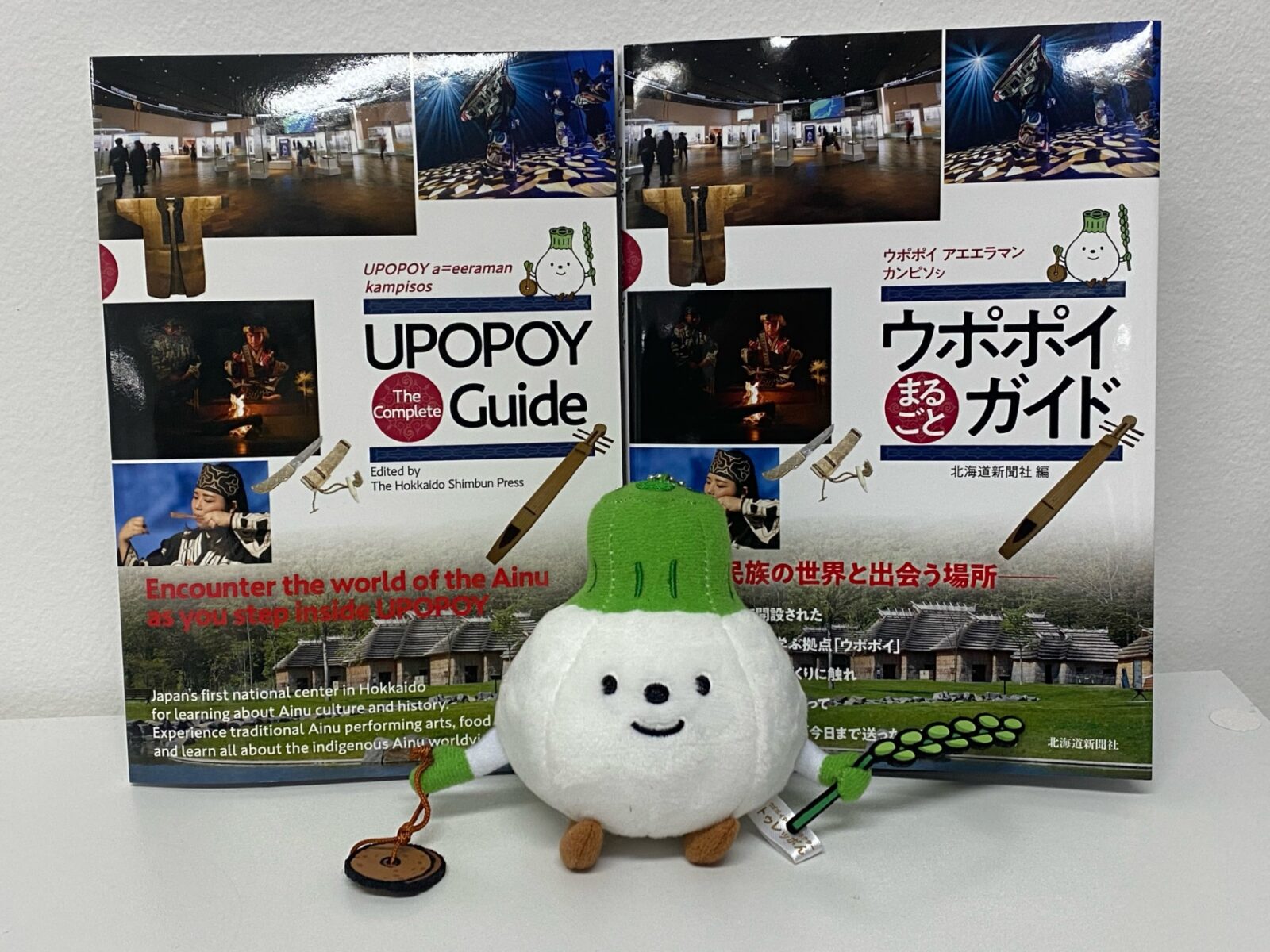From sanga to sando, the short and sweet commonality between Australian English and Japanese

Hi, I’m A, one of North Star Language Services translators.
Did you know that Australian English and Japanese share a particular linguistic feature? Let’s explore it together today!
Although Australian English and Japanese couldn’t be further apart, you might be surprised to find out that they have something in common. Speakers of Japanese tend to use many abbreviated words. Whether it’s shortening the rather long New Year’s greeting: “akemashita omedeto gozaimasu. Kotoshi mo yoroshiku onegaishimasu” to “akeome, kotoyoro” or using the Latin alphabet in creative ways, such as “W” to mean double (daburu), they are masters at taking short-cuts in their language. Do you know who else is a master at shortening their language? It’s all in their name: Aussies.

Abbreviations and contracted words may have a place in most languages, but they are especially prevalent in Japanese and Australian English, where abbreviations have become part of everyday vernacular. Look at the word “selfie,” which started as an Australian English abbreviation but is now used across the globe. This distinctive linguistic feature has both time (and space) saving qualities and tonal qualities, adding a casual friendliness to speech.

If you travel to Japan, you may encounter an example of this abbreviated language when browsing the shelves of immaculately packaged sweets and snacks at a souvenir store. Among the salty chips and sweet chocolates are some packages labelled as “sand.” On closer inspection, they seem to be packets of biscuits—not bags of sand. “Sando,” sometimes written as “sand” in the Latin alphabet, is how “sandwich” is abbreviated in Japanese. In this case, “sand” would be referring to sandwich biscuits. Australian English also has its own abbreviation for “sandwich”: “sanga.”

The Japanese writing system naturally lends itself to abbreviations because, along with two syllabaries—hiragana and katakana—it’s made up of kanji (characters of Chinese origin), which are similar to pictures and hold more meaning than your humble alphabet letter. Often, whole phrases can be abbreviated by just keeping the first character of each word. For example, “shukatsu” (job hunting), which is a shortened version of “shushoku katsudo” (就職活動=就活). This is not to say that Japanese abbreviations are limited to contracted kanji words, either. Pokémon is an example of a contracted katakana word, the original being “Poketto Monsuta” (pocket monster(s)).

Australian English doesn’t have kanji characters that it can rely on to convey meaning. Generally, words are abbreviated by taking the first part of a word and adding an ending such as a, o, ie or y. For example, chocolate becomes “chockie,” biscuit becomes “bickie,” so chocolate biscuit becomes “chockie bickie.” These are all relatively straightforward, but some abbreviations take more imagination. For example, an electrician is known as a “sparkie” because electricity gives off sparks. A carpenter is known as a “chippie” because they often produce wood chips in their line of trade.
Australian English abbreviations can sound somewhat childish due to the added endings, but that’s all part of the intention. In Australian culture, it’s important to present yourself as someone down-to-earth, friendly and relaxed. Australians famously frown upon people who give off a sense of superiority or brag about their accomplishments. In this sense, the Aussie abbreviated way of speaking is a cultural expression that gives off a sense of casualness and friendliness.
The Japanese style of abbreviations often appears as a matter of efficiency and exists thanks to the unique quality of the Japanese writing system. It’s also important to be aware that the Japanese language has strict rules regarding levels of respect and politeness, so these shortened words are not always appropriate depending on the situation. The Australian style of abbreviations is a unique cultural expression and can be used in most situations. This is one of the many examples of why translation is not just about understanding grammar and vocabulary. As translators, we must also have cultural knowledge to produce precise messages across various cultures.
<Reference>
WorkInJapan.today. “Quirks of Japanese: Contractions and Abbreviations”, February 10th, 2020.






